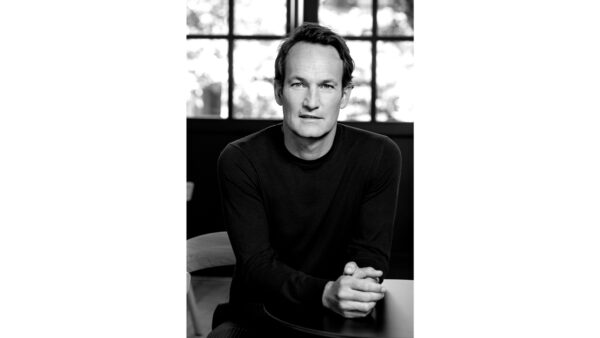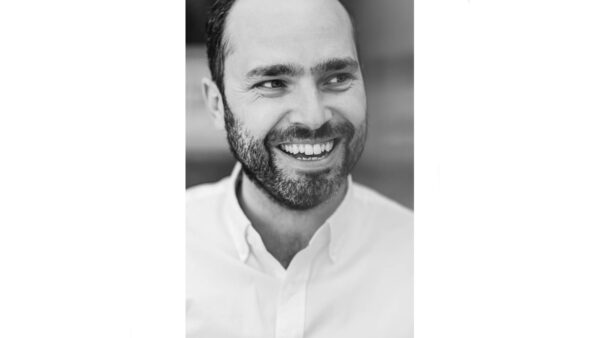New materials, the future of fashion
Innovation plays an essential role in Kering’s sustainability strategy: half of the Group’s targets for reducing its environmental footprint depend on it! By developing new materials and new production processes, Kering positions itself as a frontrunner in sustainable innovation and makes its vision of modern, conscientious and responsible Luxury a reality. Anne-Gaëlle Lamort, Kering’s Sustainability Innovation Lead, elaborates on a key topic.
Reducing the impact on nature
Kering’s activities, along with those of the Luxury sector in general, are based on high-quality natural materials (wool, leather, cotton and silk). All of these are produced by agricultural and cattle farming practices that imply major consequences in terms of soil and water pollution and greenhouse gas emissions. As indicated by the Group’s EP&L, a pioneering tool for measuring the environmental effects of its activities and then translating them into monetary values, Kering’s biggest impact on the natural world is upstream of its value chain and involve sourcing raw materials. “It’s vital therefore for the Group to identify innovations that can alleviate pressure on nature and biodiversity,” explains Anne-Gaëlle Lamort, Kering’s Sustainability Innovation Lead. When developing new materials, Kering aims to ensure they are 100% aligned with its Standards for raw materials and manufacturing processes, namely that they offer total traceability, encourage the use of recycled materials, and limit the use of chemicals.
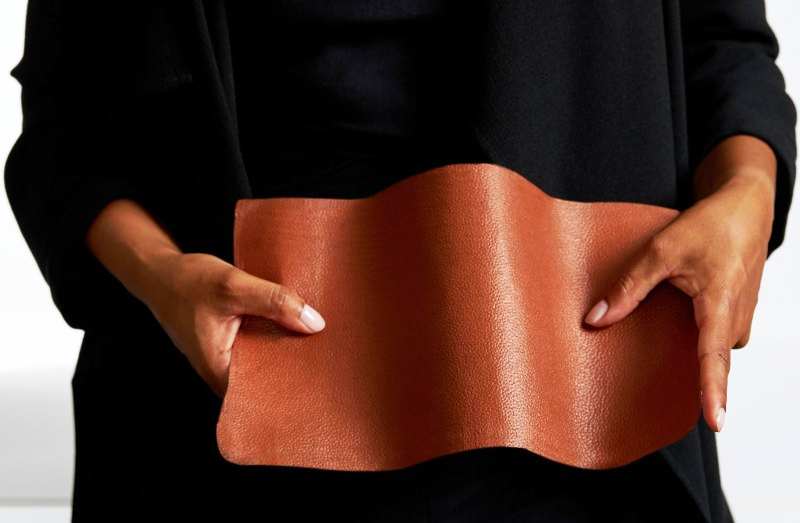
By creating new-generation materials, Kering uses innovation to make Luxury ever more sustainable and desirable; responding to high expectations from a clientele that is ever more informed – and concerned – about the origin and manufacturing conditions associated with luxury items. Thanks to these innovative alternatives, the Group is also able to drive change in the Luxury and fashion industry in general, as Kering is sharing its knowledge to encourage wider adoption of more sustainable practices. “The idea is not to keep these innovations to ourselves, but to share them, so that the whole profession moves forward,” notes Anne-Gaëlle Lamort.
Bringing together know-how and innovation: The key to modern Luxury
Despite its potential, developing new materials does throw into question the existing value chain and its extraordinary know-how, both of which are hugely important to creating the Houses’ collections. The unique techniques and expertise involved in Luxury production – the mastery of gesture, tools, and highly exacting quality standards – all play a vital role in terms of incorporating new materials. “The challenge in modern Luxury is to successfully capitalize on traditional techniques to innovate and let new materials co-exist with conventional ones,” adds Anne-Gaëlle Lamort.
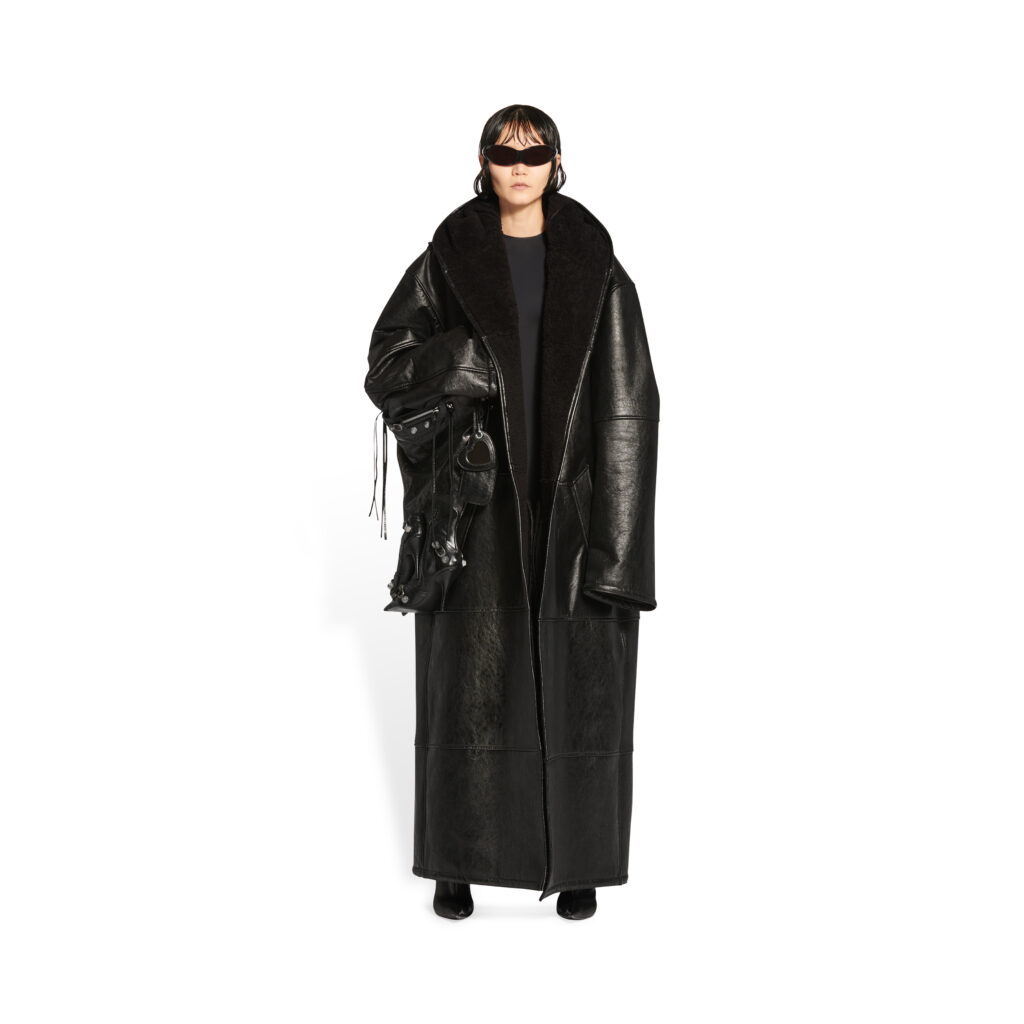
An ecosystem of new processes
To develop new materials, Kering is working with startups that have been selected from around the world, courtesy of a substantial network of partners such as Fashion for Good and Plug and Play. After months and often years of discussions, iterations and co-development, new materials are offered to the teams at Kering’s Houses, who can then adapt them to their needs. In the case of EPHEA®, a mycelium-based material used in Balenciaga’s 2022 Winter Collection, a year elapsed between first meeting Mogu, the company that developed it, and putting initial samples into production at the House.
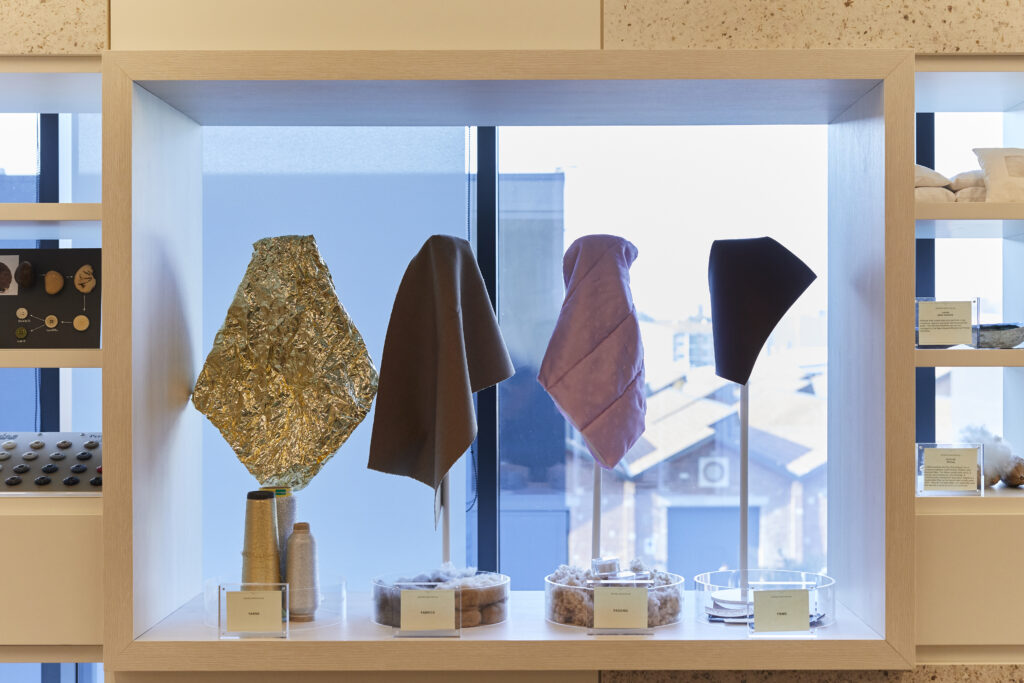
Kering also draws on other structures to accelerate the development of new materials, so that it can cover the full spectrum of materials used in Houses’ collections. These include the MIL (Material Innovation Lab) in Milan, which is dedicated to sustainable fabrics and textiles; the SIL (Sustainable Innovation Lab), also based in Milan and focusing on the materials needed by the Group’s jewelry activities; and the TIL (Testing Innovation Lab) near Florence, a laboratory for product testing. By using these resources and adapting its processes, Kering reasserts its role as a leader in the renewal of the Luxury and fashion industry, whose future relies more than ever on the ability to truly combine sustainability and innovation.
